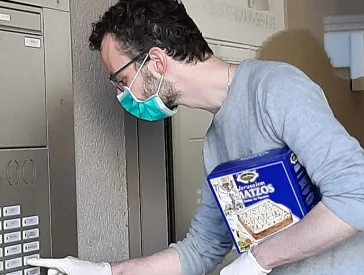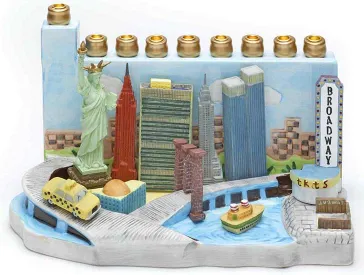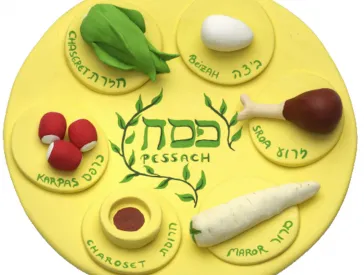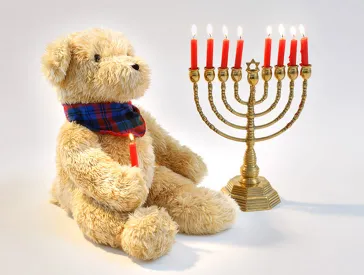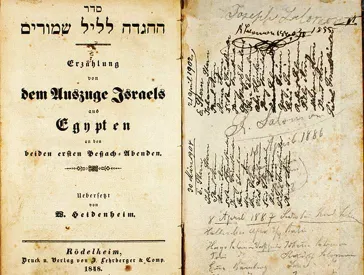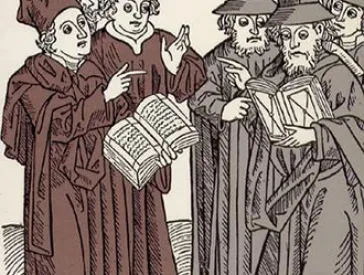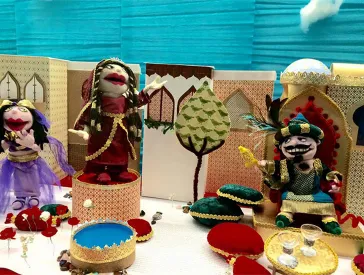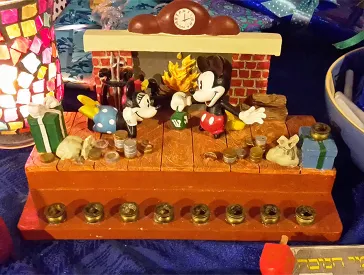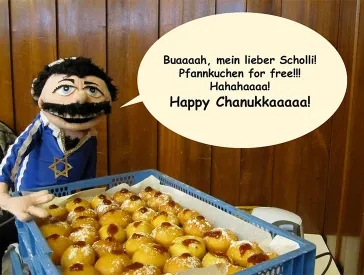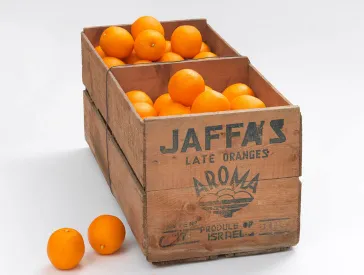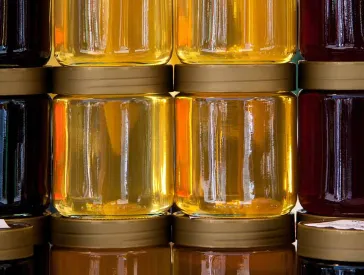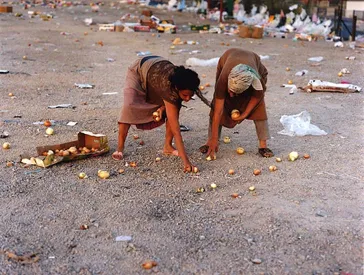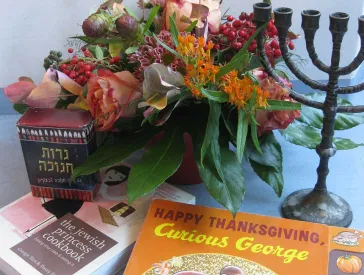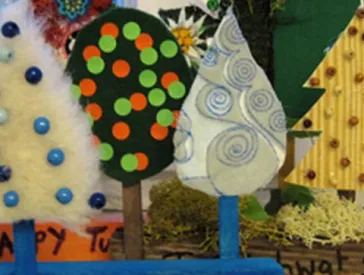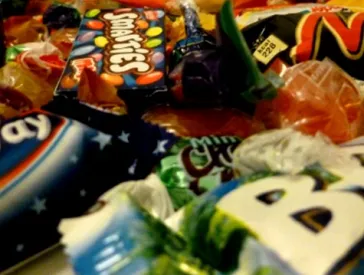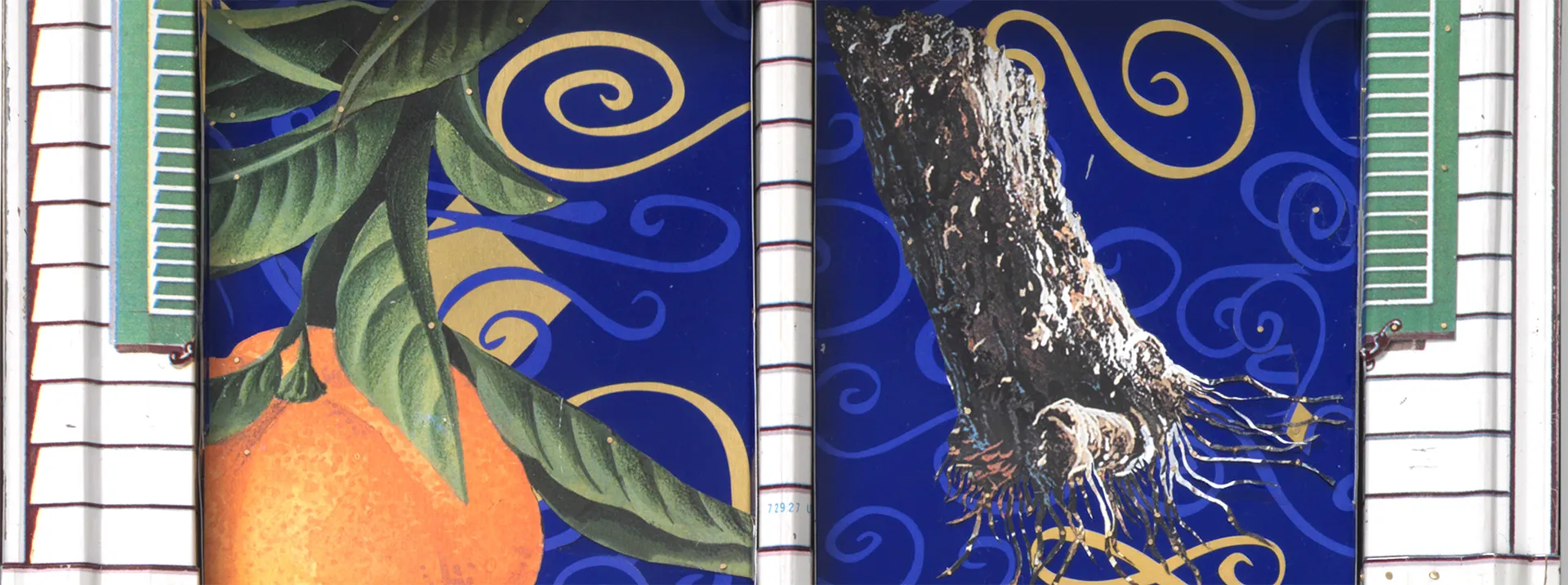
„Go down Moses“ und die Orange auf dem Seder-Teller
Über Aktualisierungen und Neuinszenierungen der Pessach-Geschichte
Pessach ist ein Fest, das nicht nur in ritualisierter Form an ein historisches Ereignis erinnert. Es appelliert auch daran, den Auszug aus Ägypten nachzuleben und sich die göttliche Gnade zu vergegenwärtigen, aus der Fronarbeit befreit worden zu sein. Wie viele jüdische Feste wurde und wird die biblische Ursprungsgeschichte mit anderen historischen Ereignissen in Beziehung gesetzt.
Aktualisierungen des Auszugs aus Ägypten
Das Ägypten aus der Exodus-Geschichte wurde im 17. Jahrhundert zur Ukraine und zu Weißrussland, wo der Kosakenhauptmann Bogdan Chmielnicki im Zuge seines Befreiungskampfes von Polen mehrere Hunderttausend Jüdinnen und Juden ermorden ließ. Im 20. Jahrhundert wurde Deutschland unter der Nazi-Herrschaft zum Land, aus dem es zu fliehen galt.
Der Seder-Abend als Rahmen
Der Seder-Abend, an dem die Erzählung – kulinarisch unterstrichen – vorgetragen und diskutiert wird, bildet den Rahmen für die jeweiligen Aktualisierungen. Diese zeigen sich zunächst beim Essen: Auch wenn die symbolischen Speisen durch die Pessach-Haggada festgelegt sind, variieren die Lebensmittel je nach Geographie und kulturellen Konventionen des Ortes, an dem gefeiert wird.
Besonders viele Rezepte gibt es für den „Mörtel“, den Charosset, der in Farbe und Substanz an das Bindemittel zum Bau von Häusern erinnert.
Neue musikalische Traditionen
Die Neuinszenierungen der Pessach-Geschichte spiegeln sich auch in der Musik: Die amerikanische Bürgerrechtsbewegung und die Studentenproteste der 1960er und 1970er Jahre bereicherten den Seder-Abend um Spuren einer jüdischen Befreiungstheologie und begründeten so eine neue musikalische Tradition in den USA.
Nach den traditionellen Liedern des Seder-Abends wie etwa dem „Eins, wer weiß es“ und der Zählgeschichte „Chad Gadja“ vom Lämmchen, das verkauft wurde, werden nun Spirituals, mit Vorliebe „Go Down Moses“ gesungen.
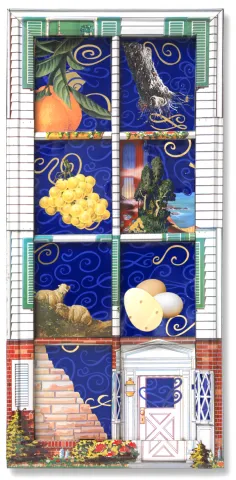
Seder-Teller von Harriete Estel Berman, USA 2003; Jüdisches Museum Berlin, Foto: Jens Ziehe. Weitere Informationen zu diesem Objekt finden Sie in unseren Online-Sammlungen
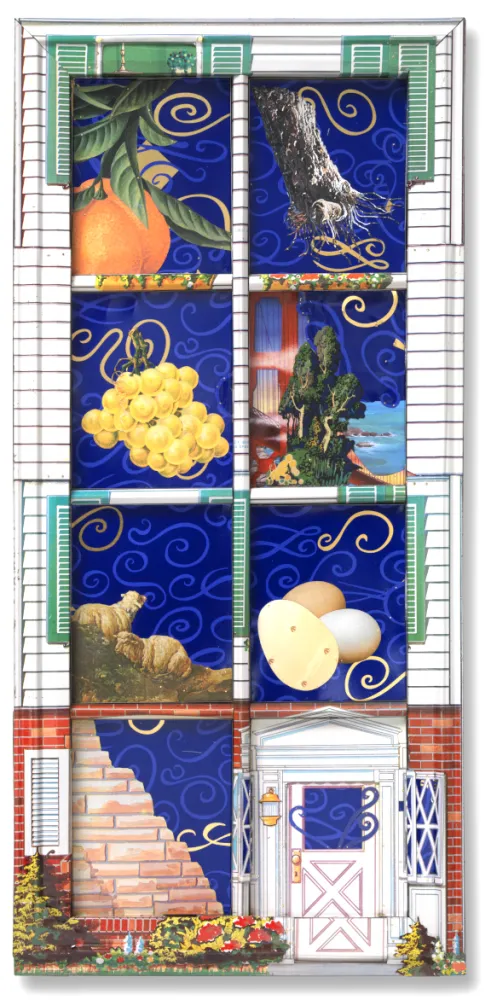 X
X
Seder-Teller von Harriete Estel Berman, USA 2003; Jüdisches Museum Berlin, Foto: Jens Ziehe. Weitere Informationen zu diesem Objekt finden Sie in unseren Online-Sammlungen
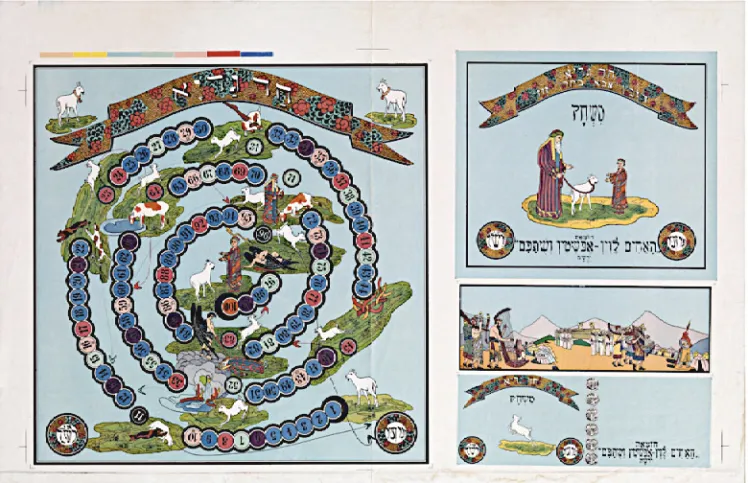
Brettspiel Chad Gadja, Künstler: A. Reschel, Hersteller: Brüder Lewin-Epstein und Teilhaber, Polen 1929; Jüdisches Museum Berlin, Foto: Jens Ziehe. Weitere Informationen zu diesem Objekt finden Sie in unseren Online-Sammlungen
In aktualisierten Ausgaben der Pessach-Haggada befinden sich zudem neue, zusätzliche Interpretationen der Exodus-Geschichte, die jüdische Refuseniks, denen die Emigration aus der Sowjetunion verweigert wurde, Feministinnen in den USA und andere soziale Bewegungen dem Fest gegeben haben.
Die Orange auf dem Seder-Teller
Susannah Heschel, Professorin für Jüdische Studien am Dartmouth College, fügte dem Seder-Abend vor knapp zwanzig Jahren eine Orange hinzu:
Damals wollten lesbische Frauen als Protest gegen ihre Diskriminierung im orthodoxen Judentum ein Stück Brot auf dem Seder-Teller deponieren, also Gesäuertes integrieren, das für die Länge des Pessach-Fests aus dem jüdischen Haushalt verbannt wird.
In Reaktion auf das drohende Sakrileg machte Susannah einen Pazifizierungsvorschlag und brachte eine Orange ins Spiel, die – wie sie jüngst erneut betont hat – an den fruchtbaren Beitrag homosexueller Personen zur jüdischen Tradition erinnern soll.
Die Orange gehörte bis dahin zwar nicht auf den traditionellen Seder-Teller, würde aber auch keinen gesetzestreuesten Juden davon abhalten, sich um einen solchen Teller zu versammeln. Sie gilt seither als neues Zeichen der Anerkennung der Vielfalt unter den Pessach feiernden Jüdinnen und Juden.
Cilly Kugelmann, ehemalige Programmdirektorin und Chefkuratorin der Dauerausstellung des JMB
Zitierempfehlung:
Cilly Kugelmann (2013), „Go down Moses“ und die Orange auf dem Seder-Teller . Über Aktualisierungen und Neuinszenierungen der Pessach-Geschichte.
URL: www.jmberlin.de/node/7803
Feiertage: Alte Riten, neue Bräuche (19)


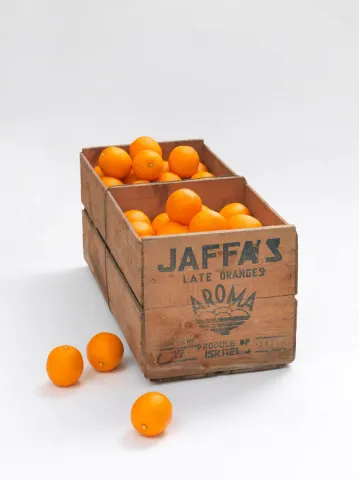
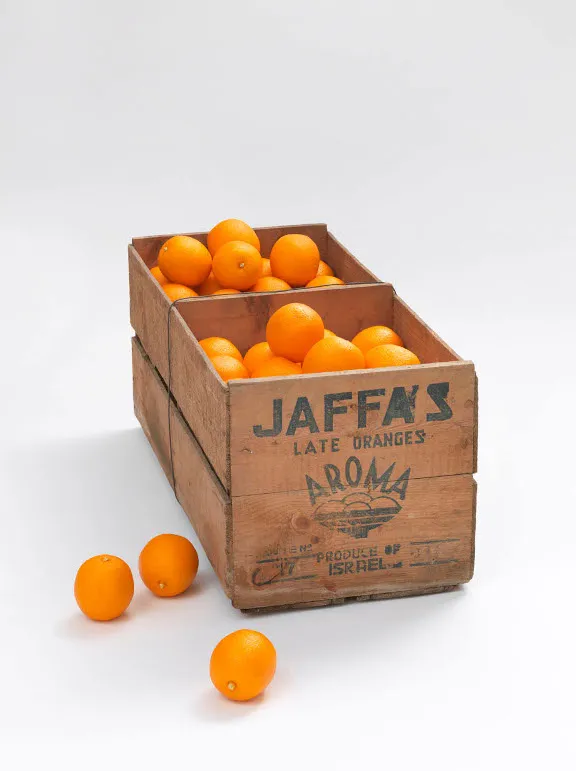 X
X
